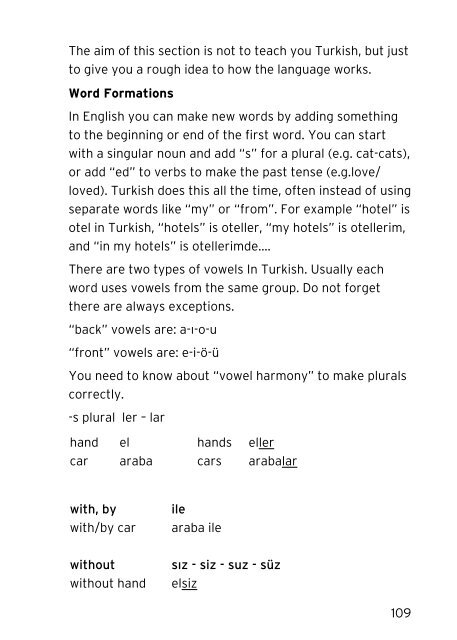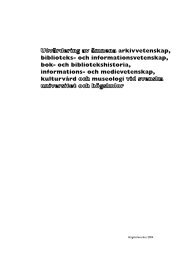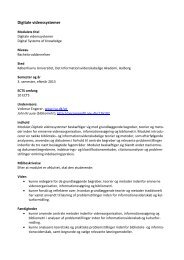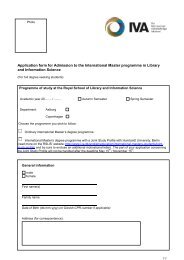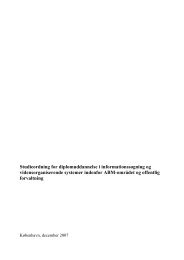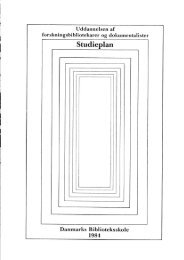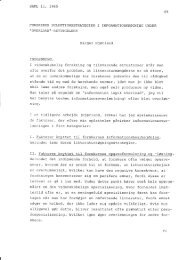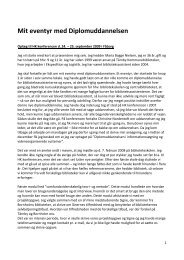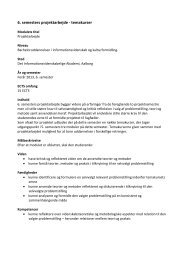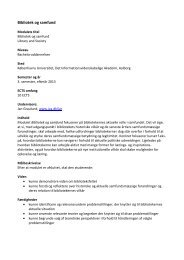Handbook - AB Ofisi - Hacettepe Ãniversitesi
Handbook - AB Ofisi - Hacettepe Ãniversitesi
Handbook - AB Ofisi - Hacettepe Ãniversitesi
You also want an ePaper? Increase the reach of your titles
YUMPU automatically turns print PDFs into web optimized ePapers that Google loves.
The aim of this section is not to teach you Turkish, but just<br />
to give you a rough idea to how the language works.<br />
Word Formations<br />
In English you can make new words by adding something<br />
to the beginning or end of the first word. You can start<br />
with a singular noun and add “s” for a plural (e.g. cat-cats),<br />
or add “ed” to verbs to make the past tense (e.g.love/<br />
loved). Turkish does this all the time, often instead of using<br />
separate words like “my” or “from”. For example “hotel” is<br />
otel in Turkish, “hotels” is oteller, “my hotels” is otellerim,<br />
and “in my hotels” is otellerimde....<br />
There are two types of vowels In Turkish. Usually each<br />
word uses vowels from the same group. Do not forget<br />
there are always exceptions.<br />
“back” vowels are: a-ı-o-u<br />
“front” vowels are: e-i-ö-ü<br />
You need to know about “vowel harmony” to make plurals<br />
correctly.<br />
-s plural ler – lar<br />
hand el hands eller<br />
car araba cars arabalar<br />
with, by<br />
with/by car<br />
ile<br />
araba ile<br />
without<br />
without hand<br />
sız - siz - suz - süz<br />
elsiz<br />
109


